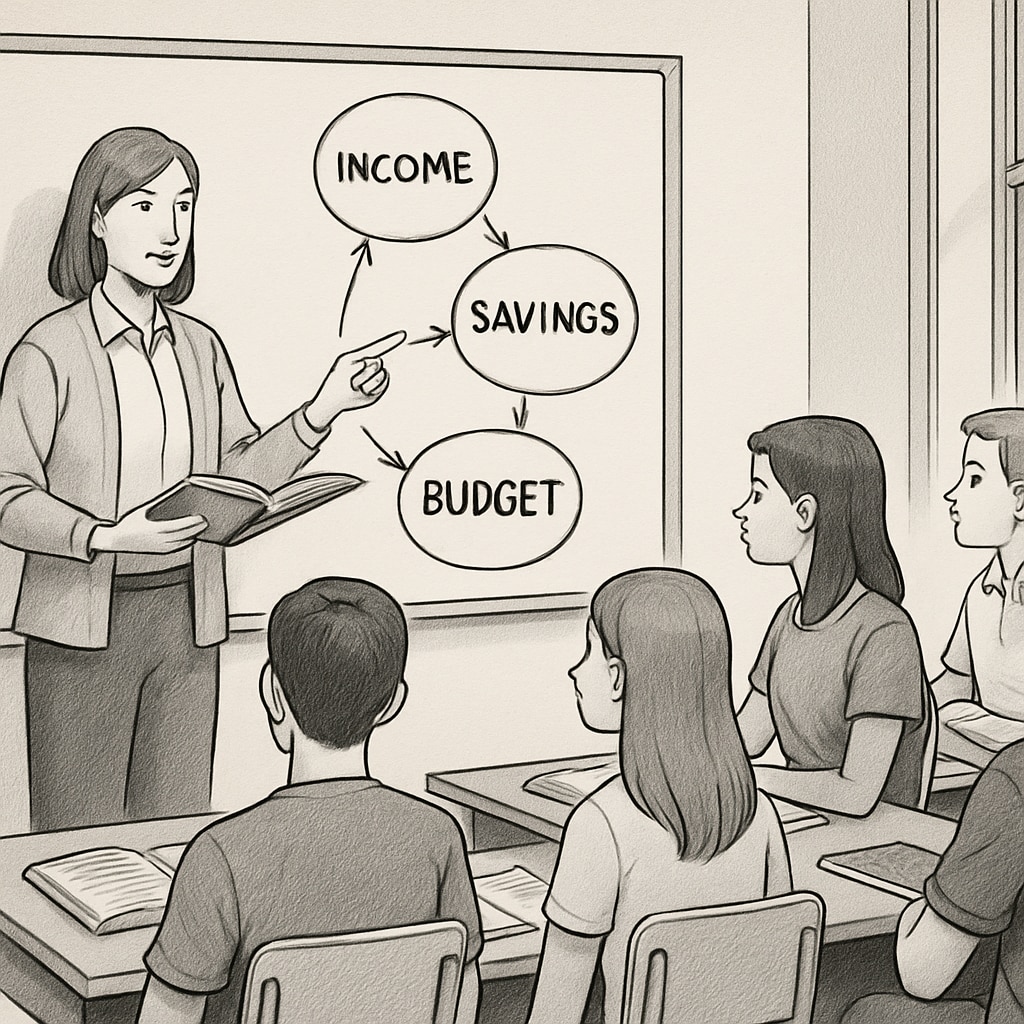Rising tuition costs, gaps in financial aid systems like FAFSA (Free Application for Federal Student Aid), and the daunting expenses of medical school applications are pushing many students into financial desperation. For some, the solution lies in crowdfunding: turning to online platforms to raise money for their final semesters. These personal pleas for help highlight not only the financial strain of higher education but also the broader societal gaps in financial literacy and planning.
In this article, we explore the reasons why students increasingly depend on crowdfunding to complete their education, the limitations of current financial aid systems, and the essential role of financial education in addressing these issues.
Why Crowdfunding Is Becoming a Lifeline
The concept of crowdfunding is simple: individuals create campaigns on platforms like GoFundMe or Kickstarter, share their stories, and rely on donations from friends, family, and even strangers. For students, this approach often becomes a last resort when scholarships, loans, and family contributions fall short.
According to a recent report by the National Center for Education Statistics, the average annual tuition for public colleges in the U.S. exceeds $9,000 for in-state students and $27,000 for out-of-state students. Private institutions often charge even more, with some reaching upwards of $50,000 per year. Add to this the rising costs of textbooks, housing, and application fees for graduate programs like medical school, and it’s clear why students are struggling to make ends meet.
For example, medical school candidates face additional hurdles. The application process alone can cost thousands of dollars, including registration fees, travel for interviews, and test preparation materials. Crowdfunding campaigns often highlight these specific challenges, appealing to the empathy of potential donors.

The Role of Financial Aid and Its Limitations
FAFSA, the federal financial aid system, is designed to help students access grants, loans, and work-study opportunities. However, its formula for determining aid eligibility often leaves middle-income families struggling to cover costs. For many, the Expected Family Contribution (EFC) calculated by FAFSA is far from realistic, especially when families face additional financial burdens such as medical bills or job losses.
Furthermore, the aid provided through FAFSA rarely covers the full cost of attendance, forcing students to seek alternative sources of funding. Private loans, part-time jobs, and now crowdfunding have become common strategies to bridge the gap. However, these solutions come with their own risks, such as long-term debt or the uncertainty of relying on donations.
Financial Literacy: A Missing Piece of the Puzzle
One of the underlying issues contributing to this crisis is the lack of financial literacy education in K-12 schools. Many students enter college with little understanding of budgeting, student loans, or the long-term implications of debt. As a result, they may overestimate their ability to repay loans or underestimate the true cost of their education.
Incorporating financial literacy courses into high school curricula could help students make more informed decisions about college financing. Topics such as understanding FAFSA, comparing loan options, and planning for graduate school costs should be covered. This knowledge could empower students to proactively manage their finances and avoid last-minute strategies like crowdfunding.

Looking Ahead: Systemic and Individual Solutions
Addressing the financial challenges of higher education requires both systemic reform and individual action. On a systemic level, policies to reduce tuition costs, expand grant programs, and reform FAFSA calculations could alleviate the burden on students. On an individual level, students and families should prioritize financial planning early, exploring scholarships, work-study opportunities, and savings plans.
In addition, society must normalize discussions about the true cost of education. Crowdfunding campaigns, while helpful, are not a sustainable solution for most students. By increasing awareness and advocating for change, we can create a more equitable education system.
For now, platforms like GoFundMe serve as a lifeline for students facing financial crises. These stories of resilience and determination remind us of the value of education and the need to ensure it remains accessible to all.
Readability guidance: The article uses short paragraphs and clear transitions to maintain readability. Key points are summarized under specific subheadings, and examples are used to illustrate broader concepts.


